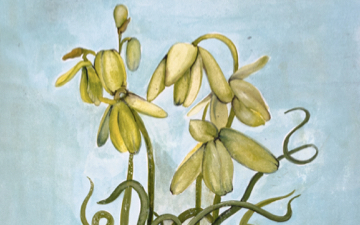Plantae

Rhododendron
Rhododendron arboreum


2 POINTS
HILL, MOUNTAIN
FACT: This rhododendron tree is the national flower of Nepal. This plant also holds the Guinness Record for the tallest Rhododendron!

Succulent Grass
Albuca namaquensis


3 POINTS
HILL
FACT: The flowers that bloom from the corkscrew albuca have an aroma similar to vanilla.

Sal Tree
Shorea robusta


2 POINTS
TERAI, HILL
FACT: In Nepal, the leaves of the Sal tree are used to make local plates and vessels called “tapari”, “doona”, and “bota” in which rice and curry is served.

Nepalese Fig
Ficus sarmentosa


4 POINTS
HILL
FACT: The nepal fig is an edible fruit that is native to China, Eastern Asia, Indian Subcontinent and Indo-China region.

Bamboo
Bambusoideae


2 POINTS
TERAI
FACT: Bamboo is one of the fastest growing plants at 1 inch per 40 minutes or 1 mm every 90 seconds.

Red Huckleberry
Vaccinium parvifolium


2 POINTS
Fact: Huckleberry is a versatile plant that is tasty to eat fresh and can be made into fruit leather or pie. Indigenous communities also used it as a cold remedy and as fish bait because the berries look like salmon eggs.